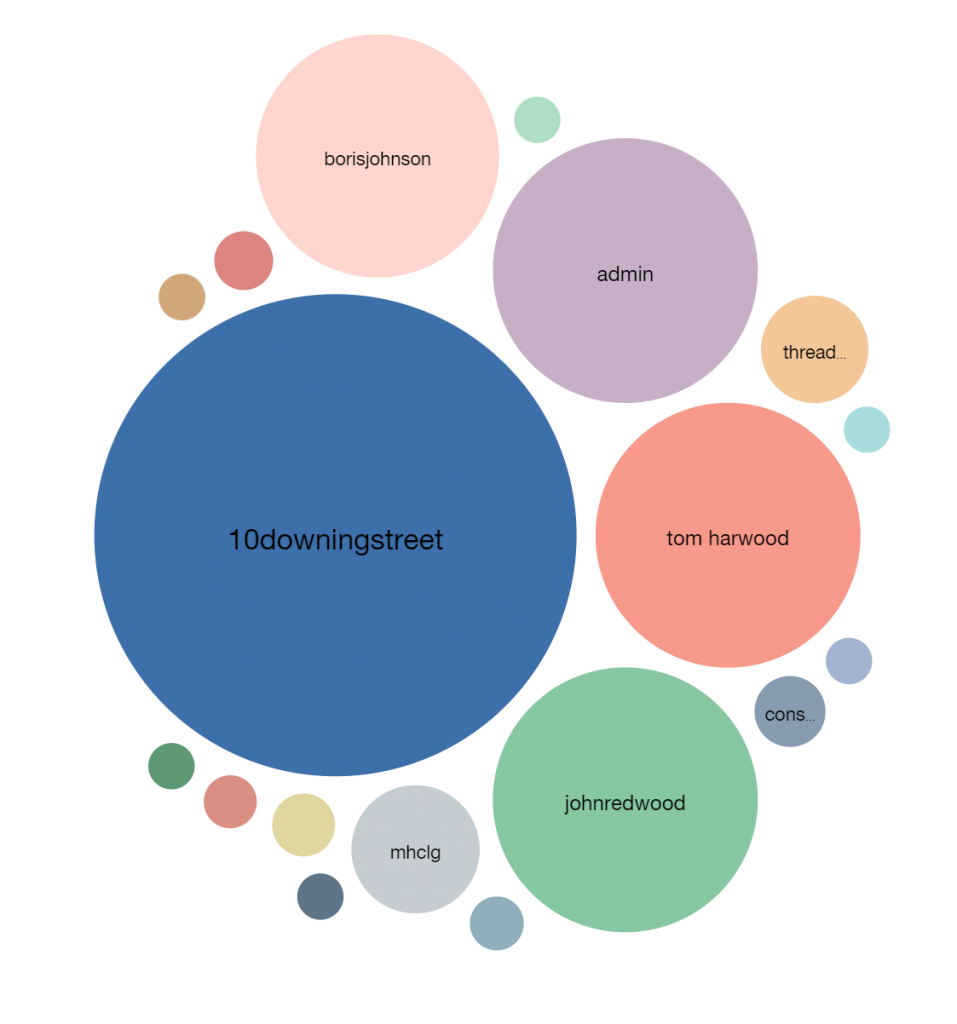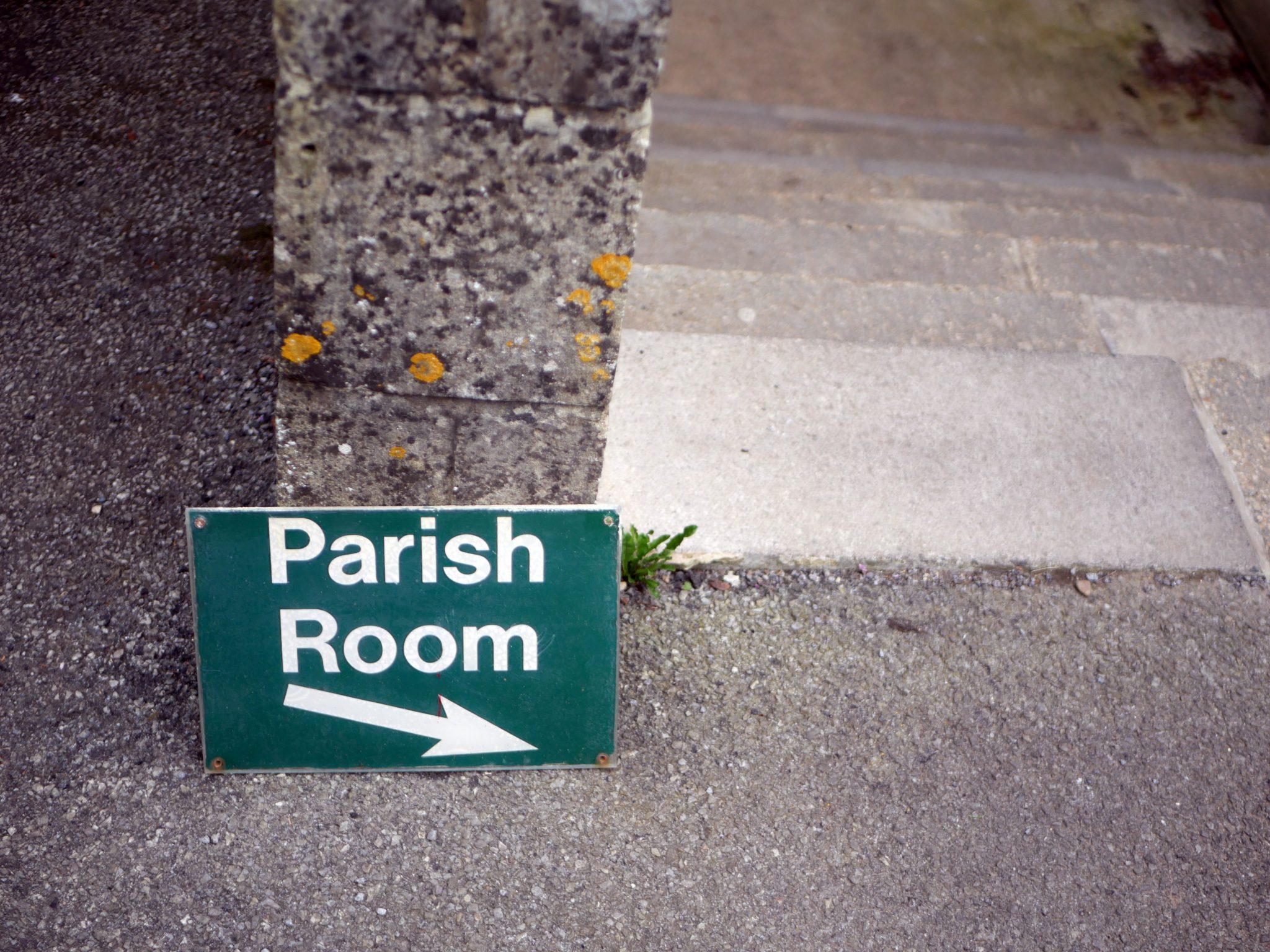A well-used phrase of mine – which bewilders my kids – is: if a tree falls in a forest and no-one’s around to hear it, how do you know it’s fallen?
It’s not intended as a philosophical question. In a work context, it’s used to stress the importance of letting people know what you’re doing, rather than just doing it and expecting a response.
So, if you’re creating a website, let people know it’s there. If a council makes plans that affect people’s lives, telling them early and offering a chance to feedback should be part of that process.
Sounds obvious, doesn’t it? It is to us, and colleagues and clients work every day to engage the public on important things that affect their lives.
Looking more widely, however, there remains a gap created by complexity and exacerbated by a lack of awareness.
Planning for the future
This is especially true in place-making and development, and the local plan-making system that enables it to happen. The government is keen to change how local plans work and has set out its thoughts for consultation in its recent White Paper on the planning process in England. Most people who read this blog will be aware of the consultation. I agree with its diagnosis that the planning process is complex and that it can take too long for developments to move through it.
The White Paper generated a mix of comments online after the consultation was published, with around 1,500 tweets posted in total. But a look at who was involved in these discussions using our social listening tool (below) shows that the main contributors to this conversation were mostly those who are already interested in the topic – planners, activists, politicians and government.

The public – those who the government wants to engage in future plan-making – seems largely absent from this discussion and related media coverage.
The absence of a ‘public view’ formed the backdrop to the research we conducted with YouGov into opinions of the local plan process and what influenced engagement in it.
The headlines from this research featured in a recent announcement, which led on the finding that around 90% of respondents aged between 18 and 34 had not knowingly engaged in a local plan consultation. Reasons cited by respondents for engaging included feedback how local plans are promoted, quality and trust in feedback mechanisms and clarity and accessibility of information.
This is covered in the slide deck below, which we were delighted to present to colleagues from across government on 10 September.
Adapt, or fail
Communications is always changing, and many organisations have made huge progress in taking a smarter approach to how they engage people. This change has been accelerated over recent months as COVID-19 has shifted traditional engagement online. Now that people have seen how this works, I’m willing to bet that many organisations will hold onto at least some of the new tools they’ve learned to use since March. That’s a good thing if it’s found to work well.
If lockdown has taught us anything, it’s that things won’t stand still for long. If organisations are still taking a traditional approach to engagement and not taking steps to see if it’s working, they can’t expect better results.
Our research has raised sensible questions about whether digital engagement will replace face-to-face contact. It’s not a question of one or the other, and we’ve always felt a combination of both works best when done in the right way.
That means, post COVID, if face-to-face needs to happen clients should go where people are already. In most cases, this won’t be the local village hall on a Tuesday night. Digitising this approach by creating ‘virtual village halls’ is unlikely to work either. At least, it won’t without being part of a clear and well thought through engagement strategy (you can find some details on strategy and planning and download a template here).
Having clear content, a strong online presence, webinars and accessible, easy ways to give feedback are all vital parts of the mix.
While the future remains uncertain, I’m very confident that those organisations that adapt to changing times will stand a better chance of success. How they engage with people will need to ready to adapt too. If they do, unlike the tree in the forest, the evidence suggests that people will hear it.
We’re looking forward to working with organisations to make that happen.


